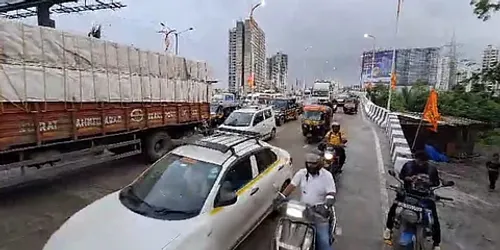
In December 2023, the State government issued an order mandating the installation of VLTDs and emergency buttons in all public transport and nationally permitted goods vehicles to enhance passenger safety.
| Photo Credit: FILE PHOTO
In response to growing concerns over malfunctioning safety systems in public transport and goods vehicles, the Karnataka Transport Department has instructed cab owners that Vehicle Location Tracking Devices (VLTDs) and emergency panic buttons must be fully functional and easily accessible at all times.
This move follows a spate of complaints and viral social media videos in which cab drivers alleged that the VLTDs in their vehicles were not operational and, more critically, not linked to the department’s Command and Control Centre located in Shanthinagar. One such video showed a driver pressing the panic button with no apparent response from authorities, prompting public outcry.
Clarifying the situation, a senior transport department official said that the devices were either improperly installed or not switched on, rendering them ineffective. “In some vehicles, the wiring for the VLTDs and emergency buttons was found to be disconnected, and in others, the power supply to the system was not active,” the official said. “This meant that even if the button was pressed during an emergency, no signal would reach the control room.”
The department officials say that once a panic button is pressed, the exact location of the vehicle is transmitted to the command centre. From there, an alert is sent to the jurisdictional police station for immediate response. The official added that the department has investigated claims of non-functioning devices and found some of them to be baseless or due to installation lapses.
In December 2023, the State government issued an order mandating the installation of VLTDs and emergency buttons in all public transport and nationally permitted goods vehicles to enhance passenger safety. The devices are designed to track vehicles in real time and offer emergency assistance in case of distress.
However, compliance has been inconsistent. Many vehicle operators have cited financial difficulties and a lack of awareness about the regulation as reasons for non-compliance. Some drivers claimed they paid as much as ₹15,000 to install the system, only to find it non-functional due to improper setup.
Published – April 23, 2025 10:09 pm IST
Anurag Dhole is a seasoned journalist and content writer with a passion for delivering timely, accurate, and engaging stories. With over 8 years of experience in digital media, she covers a wide range of topics—from breaking news and politics to business insights and cultural trends. Jane's writing style blends clarity with depth, aiming to inform and inspire readers in a fast-paced media landscape. When she’s not chasing stories, she’s likely reading investigative features or exploring local cafés for her next writing spot.





